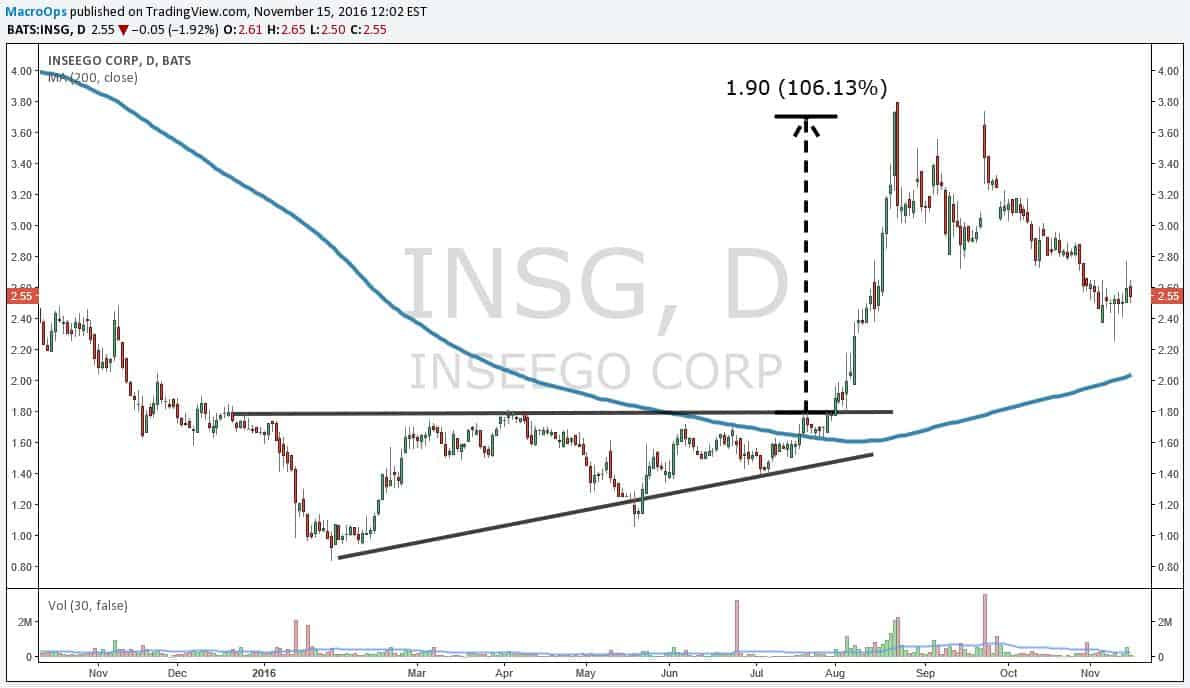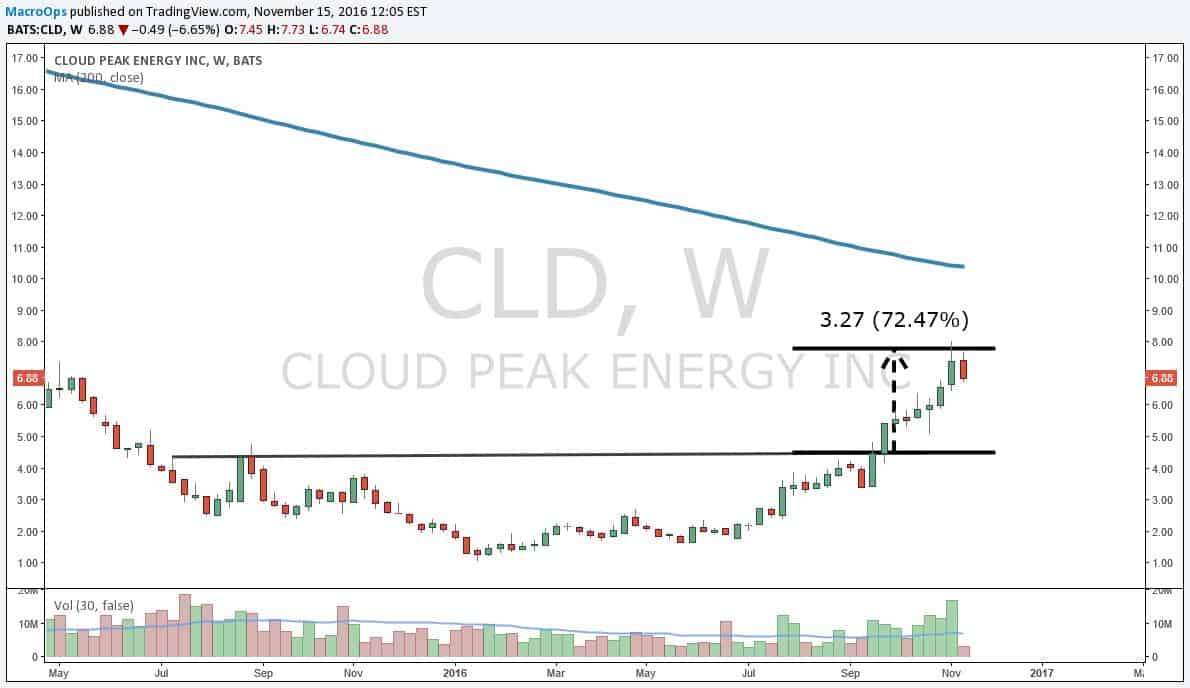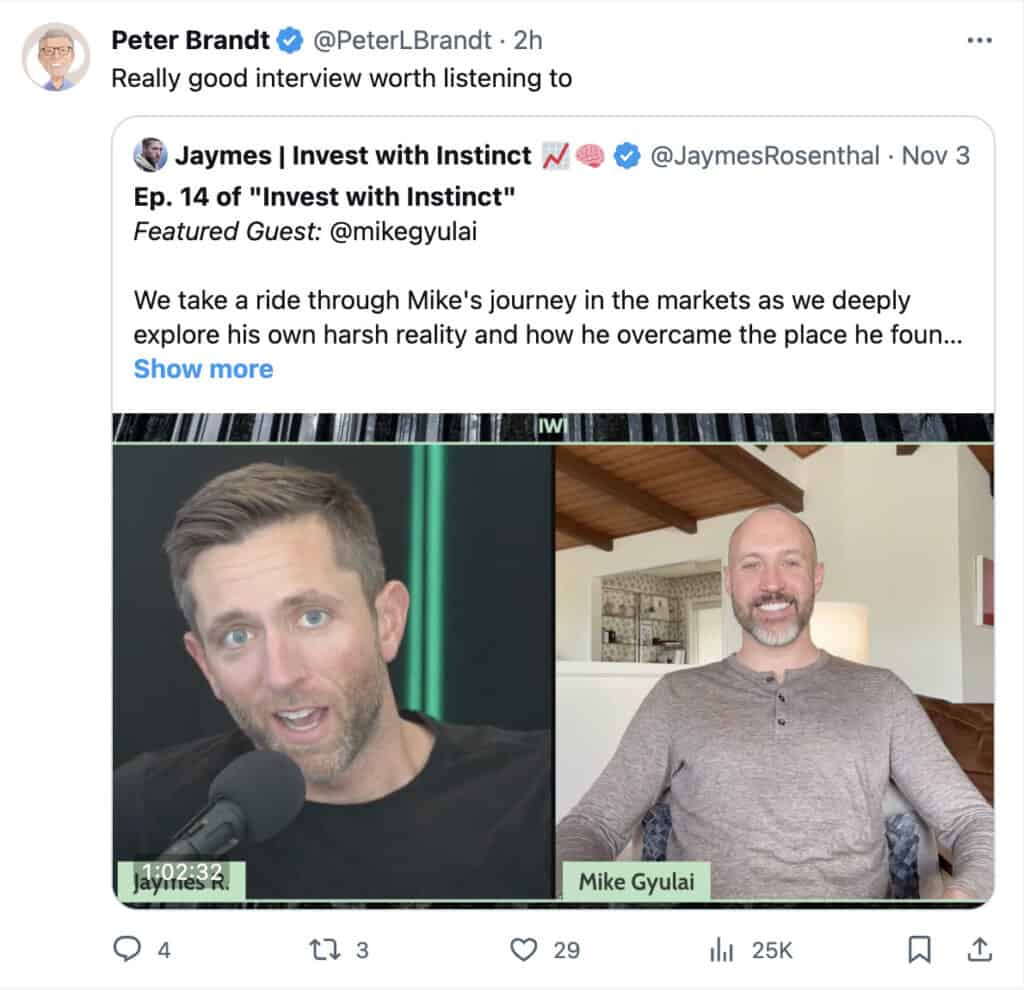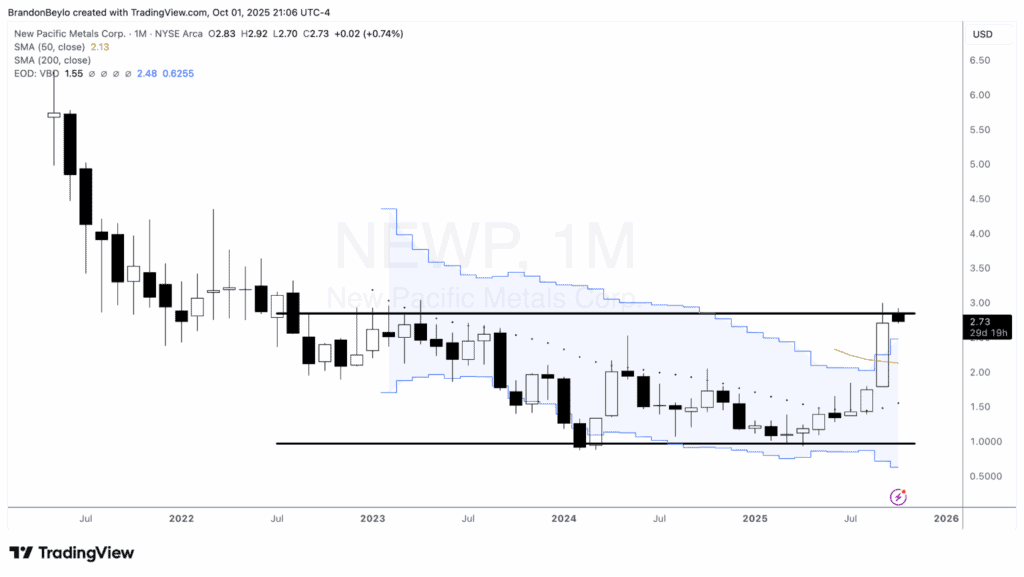It probably didn’t take long after becoming a trader to stumble upon options. Brokerages and websites all over the internet are constantly pitching these complex financial derivatives, claiming things like “defined risk” and “100% returns a month”. But these advertisements only end up luring novices into a game that creates losses rather than stunning returns.
Newer traders aren’t wrong for putting themselves into situations where they can risk a little to make a lot. Buying an option comes with capped risk and unlimited reward. But achieving the skewed risk/reward profile in the options market comes at a cost that can drastically erode returns.
Buyers of options suffer from something called time decay or “theta.” Theta is like a tax that option buyers pay to option sellers in return for the serious risk those sellers take. (Selling options results in limited earning potential with unlimited loss potential.)
This erosion of option value from theta complicates the game. Not only do you need to correctly determine the direction of the underlying stock, but you’re forced to time it perfectly too. If you buy 30 day calls and the stock doesn’t move in that time, you’re out of luck and end up with a 100% loss.
On top of this timing component, option traders also need to understand volatility. Every time you take an option position you’re speculating on two things, the direction of the underlying AND its volatility — specifically, its implied volatility (IV).
IV is the option market’s best guess at how fast and far a stock can travel before the option expires. IV is always priced into the contract and has a large effect on the final profitability of the position. Buyers of options benefit from outsized moves (more volatility) and sellers of options benefit from sideways chop (less volatility).
So to win as an options buyer, not only do you have to correctly predict the direction the stock will travel, but you have to pinpoint the time period in which it will make the move, and make sure you aren’t overpaying from a volatility perspective.
It can be done. But is it the most effective and efficient way to generate asymmetric opportunities for your trading account?
Nope.
The market is actually littered with stocks that behave like long options but without all the baggage and complexity. Here’s how it works:
After bears slaughter a stock below the $10 mark, usually after a huge macro event or company specific crisis, extreme distress transforms the plain old stock into something that moves like a long option. The closer a stock converges towards zero, the more embedded asymmetry in its risk-to-reward profile. The stock’s downside is capped at zero while its upside is unlimited. It’s not out of the question for a stock to 10x in price during its bear-raid recovery.
The best part is that you don’t need to pay a theta tax, guess the correct timeframe, or deal with implied volatility. All that complexity and cost is out of the picture. What’s left is a potential 10 bagger that has limited downside risk and no holding fees — an investor’s dream.
We call this this type of situation “cheap optionality”. This is where the big money is made.
David Tepper, founder of hedge fund Appaloosa Management, is the master of exploiting the cheap optionality in distressed stocks.
After the 2008 financial crisis, Tepper zeroed in on banks like Bank of America and Citigroup. At the time Bank of America was trading for just $3 a share and Citigroup preferred stock was trading under $1! Both these stocks had the characteristics of a long call. If the banks failed, investors would lose everything, but a recovery meant 100-500% gains. Tepper had asymmetric risk/reward in his favor and didn’t have to pay a dime in theta decay for it.
Fast forward to the end of the year and Tepper racked up about $7 billion in profits for his firm, earning himself a cool $2.5 billion. His ability to spot cheap optionality has cemented his place with the best investors of all time.
For the big boys like Tepper these opportunities don’t happen often. Not only do they need to find beaten down stocks, but those stocks must have enough liquidity for a multibillion dollar hedge fund to invest in.
This is where the advantages of being a small retail investor are clear. Individual investors don’t have these liquidity concerns. They can swoop in and a buy a micro cap or small cap trading for $2-3 and capitalize on a 3-4x increase in price. Cheap optionality opportunities appear far more often with this ability to invest in smaller companies.
So far in 2016 there have been plenty of beaten down stocks that delivered option-like gains in their turnaround. A few we’ve hit this year are INSG and CLD.
Both these stocks delivered incredible gains in a only a few months time. INSG ripped over 100% in a month. And CLD climbed 72% in a month and half. From the absolute lows CLD has returned an astonishing 500%.
Traders who throw out option theory and instead focus on the cheap optionality available in beaten down stocks can earn extremely impressive returns.
Jesse Stein, an independent retail trader, took the cheap optionality concept and created one of the most impressive retail track records of all time. He turned $46,000 into $6.8 million over the course of 28 months. Have you ever heard of a retail option trader with that type of account growth?
It’s possible to profit as an options trader, but why go through all the unnecessary complexity when you can capture similar gains in cheap stocks? Use your small account size as an advantage and seize the endless opportunities in the small cap and microcap space. And the next time a macro event occurs, you can invest right alongside Tepper, buying distressed stocks for pennies on the dollar. Then you can sit back and watch your trading account baloon to stratospheric heights.
Our team at Macro Ops takes advantage of this “cheap optionality” strategy frequently. We use a list of parameters that automatically alert us to these potential 10 baggers. We call this list our Explosive Stocks Cheat Sheet. If you’d like us to send you a copy, just click here.









